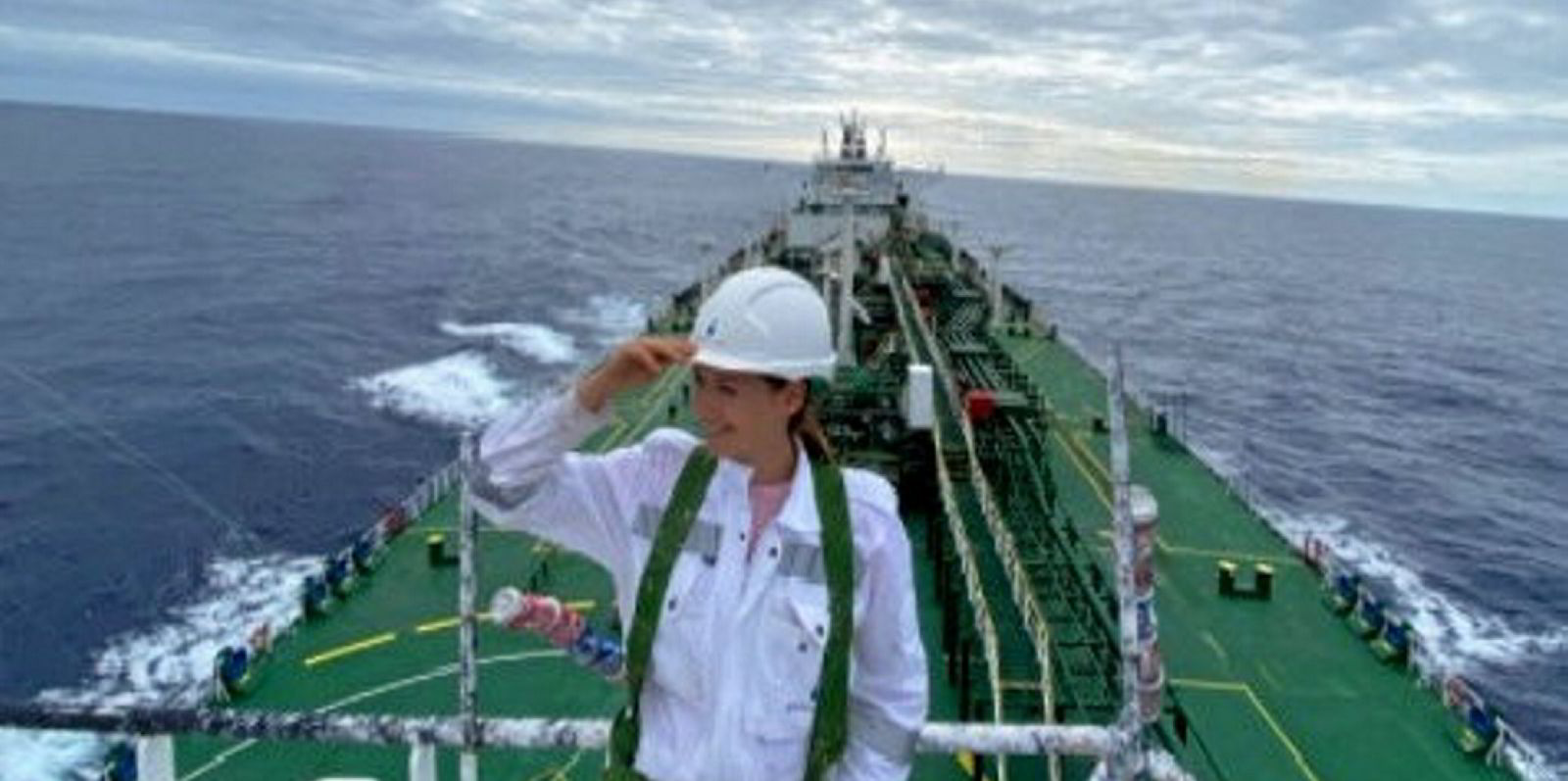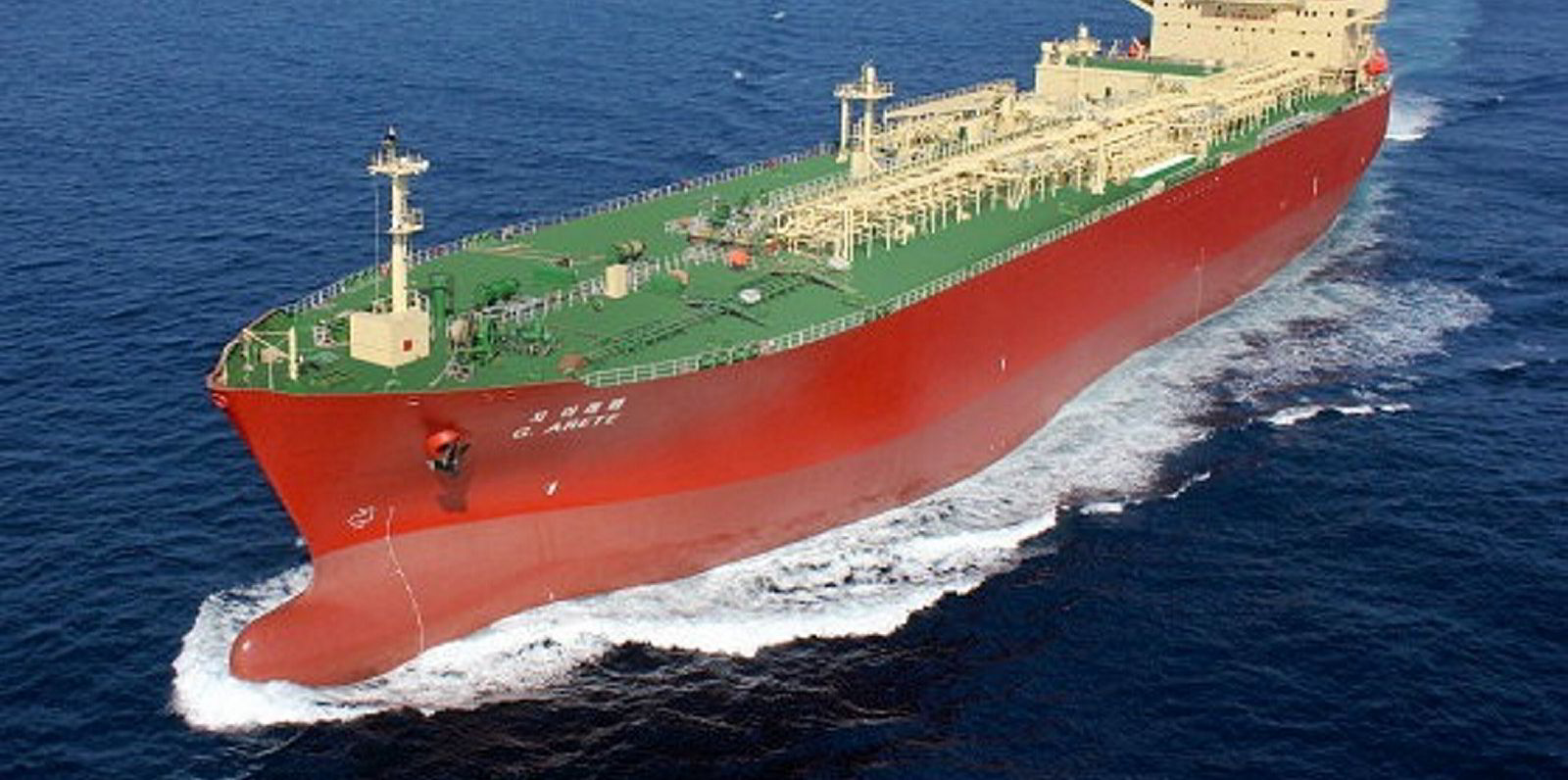Fearnley Securities is increasingly confident that LPG owners are not about to go through a rerun of the 2016 crash, despite a large orderbook of new ships.
The investment bank is raising target share prices across the board as it believes companies’ stocks have some way to rise yet, despite putting on more than 60% on average this year already.
The heavy schedule of newbuildings due next year resembles the situation in 2016, which eventually precipitated a slump in rates.
“But a completely different commodity backdrop makes the investment case more compelling this time around,” analysts Oystein Vaagen, Erik Gabriel Hovi and Ulrik Mannhart said.
“2023 is not 2016-18, a thesis we are increasingly comfortable with,” the trio added.
Flexible balance sheets, asset disposals and dividends should narrow the gap to net asset values (NAVs), they added.
And the analysts said: “We see strong LPG export growth and inefficiencies alleviating much of the large 2023 orderbook, also helped by an ageing fleet and regulatory changes on the supply side.”
“A very light orderbook beyond 2023 and the potential for the US shale train to really gather pace could set up the VLGC market for another supercycle,” they added.
Fearnley Securities views 2024 earning prospects as “stellar” through widening arbitrages and limited new tonnage entering the market.
$60,000 per day in 2024?
The company has a “buy” rating on the sector and is tipping spot rates of $60,000 per day in two years’ time, against a forecast of $36,000 per day for 2023.
The rate forecast for 2022 has been bumped up a little from $38,000 to $40,000 daily.
VLGC rates have shifted from below $20,000 per day in the early days of the Ukraine conflict to approaching $59,000 now.
There is likely to be a strong rebound in US production, coupled with a world scrambling for energy, the investment bank argues.
“We expect this to leave substantially more attractive trading margins, which in our view is the key driver of VLGC earnings,” the analysts said.
“Despite strong earnings in recent years, the showstopper for really outsized earnings (like 2014/15) has in our view been the product market and particularly the US side of the equation,” the investment bank said.
US shale spend growing

US shale capital expenditure is estimated up about 10% year on year and US propane exports are expected to rise by the same amount this year.
Simultaneously, China will finally ramp up its propane dehydrogenation, or PDH, capacity and should be able to absorb the expected export growth elsewhere.
Fearnley Securities calculates LPG carrier owners trading at between 70% and 80% of NAVs.
The 2023 orderbook is seemingly the major deterrent for investors when looking at the VLGC space, as they draw parallels to the 2016 freight rate collapse.
“We believe this is unwarranted given the market backdrop, asset sales/dividends and potential for outsized 2024/25 earnings,” the analysts said.
Stepping up to the plate
“The US will at one point step up to the plate and bridge gas volumes to the rest of the world. With higher natural gas and oil production comes associated gas in the form of LPG, and we expect a very favourable gas market developing through 2024,” they added.
The investment bank sees 2023 as likely to be more volatile due to newbuildings, but continued positive earnings and NAV gains are expected.
In addition, it expects listed companies to continue disposing of older tonnage at NAV, enabling firm dividends.
“In a perfect world, a VLGC owner would like high oil prices which stimulate US production while also bolstering the demand side due to the switching effect versus other hydrocarbons,” the analysts concluded.







